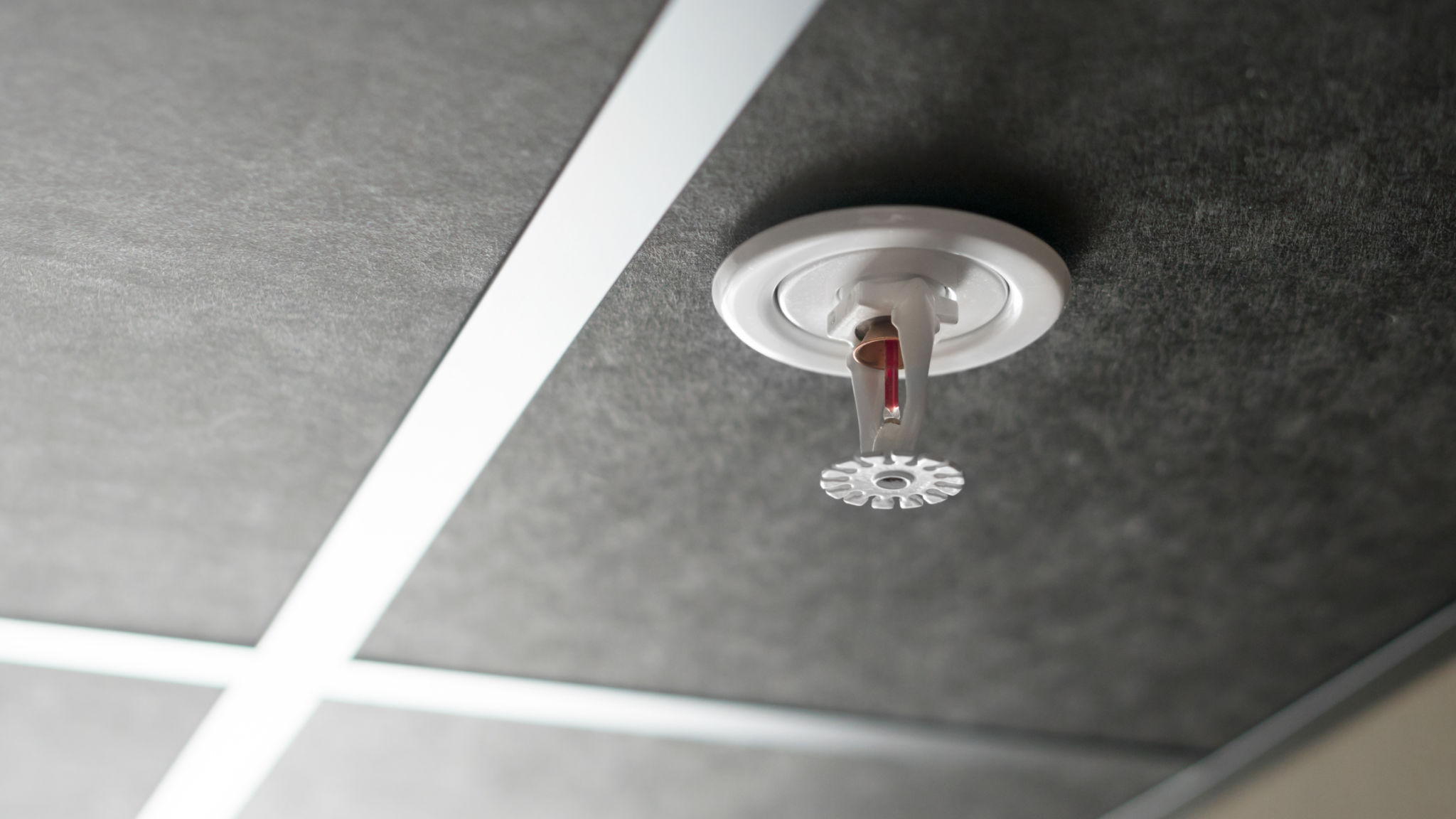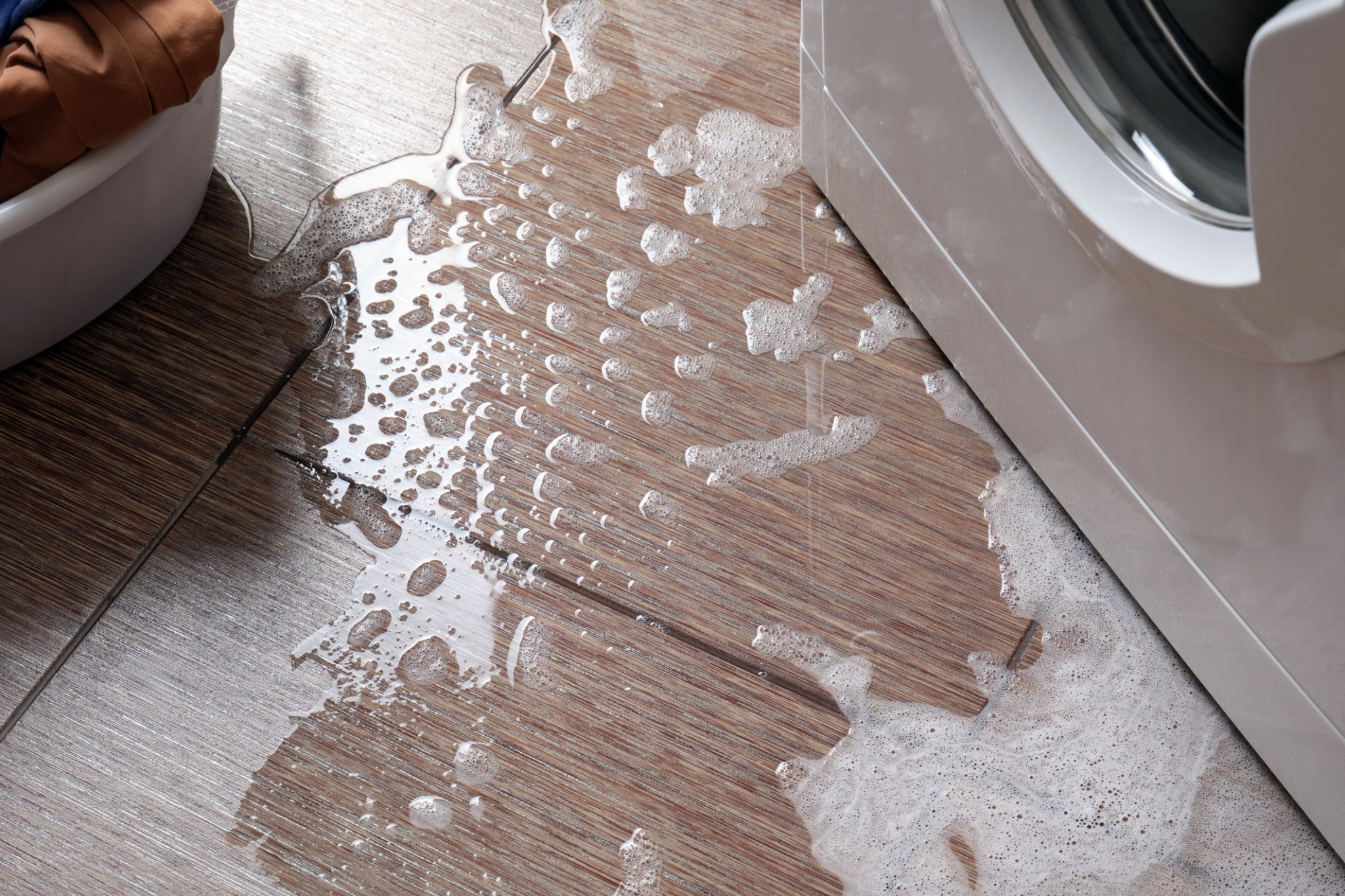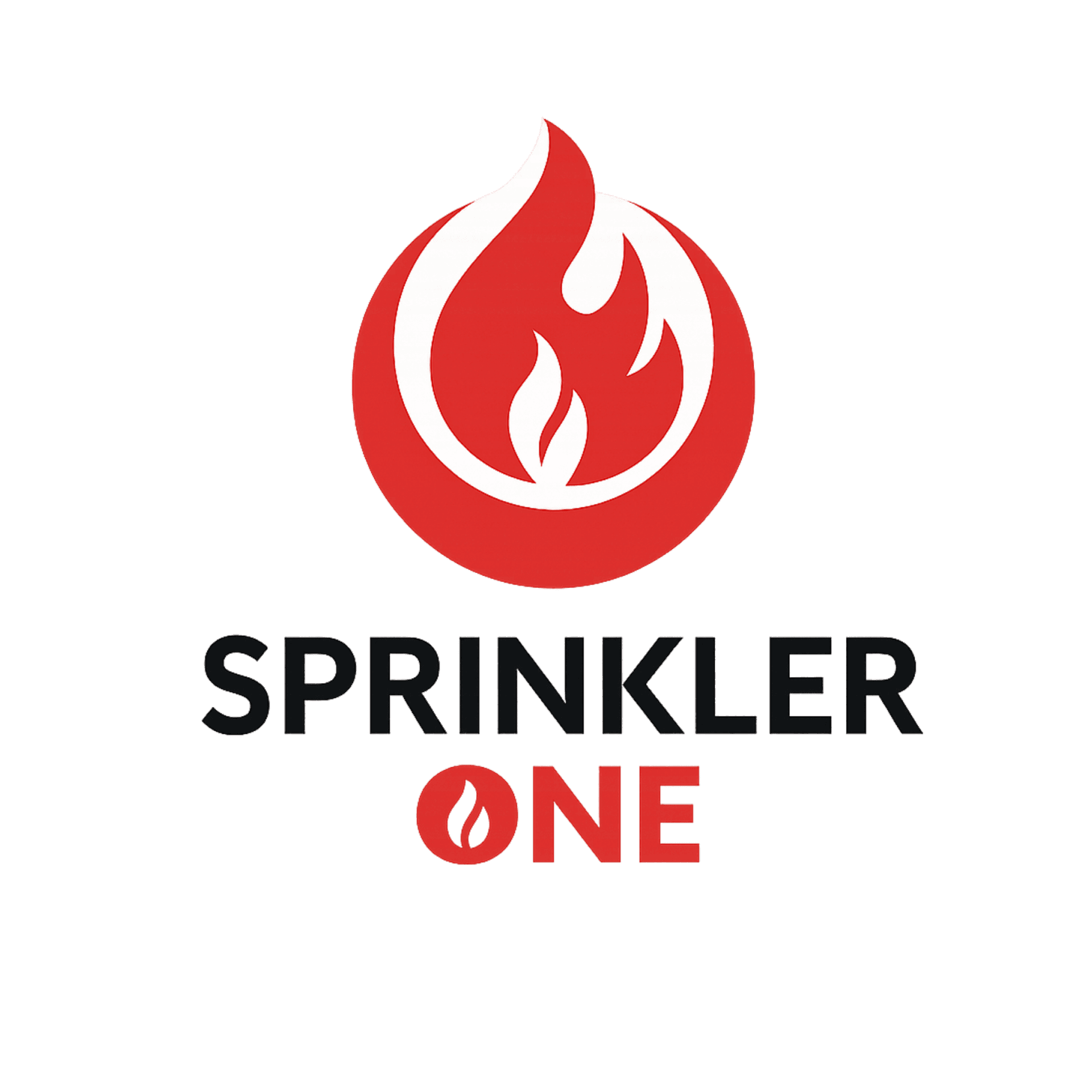Common Misconceptions About Fire Sprinkler Systems Debunked
Understanding Fire Sprinkler Systems
Fire sprinkler systems are a vital component of building safety, designed to protect both lives and property in the event of a fire. However, despite their widespread usage, there are numerous misconceptions about how these systems operate. In this post, we aim to debunk some common myths surrounding fire sprinkler systems.

Myth 1: All Sprinklers Activate at Once
A prevalent myth is that when one sprinkler head is activated, all the sprinklers in the building will go off simultaneously, causing unnecessary water damage. In reality, fire sprinklers are individually activated by heat. Only the sprinkler closest to the fire will activate, minimizing water usage and damage.
This targeted approach allows for effective fire suppression while preserving areas of the building unaffected by the fire. The design ensures that only the necessary amount of water is used, making these systems efficient and reliable.
Myth 2: Fire Sprinklers Cause More Damage Than Fire
Another common misconception is that fire sprinkler systems cause more water damage than the fire itself. It's important to note that a single sprinkler head uses significantly less water than a fire hose operated by firefighters. According to industry data, fire sprinklers use about six times less water than firefighting efforts.

Additionally, the early activation of sprinkler systems can prevent a small fire from escalating into a large blaze, potentially saving thousands in property damage and reducing business downtime.
Myth 3: Sprinklers Can Be Easily Triggered by Smoke
Some people believe that smoke alone can trigger a fire sprinkler system, but this is not true. Fire sprinklers are activated by heat, not smoke. The heat-sensitive element in a sprinkler head is designed to respond only to high temperatures typically produced by a fire, ensuring that false activations from smoke or cooking fumes are unlikely.
This heat-activated mechanism provides peace of mind for building occupants and owners, knowing that the system is designed to respond accurately to real fires.

Myth 4: Maintenance Is Not Necessary
Fire sprinkler systems are often seen as "set it and forget it" solutions. However, regular maintenance is crucial to ensure their proper functioning. Neglecting maintenance can lead to malfunctions or failures during an emergency situation. Routine inspections and maintenance checks help identify any potential issues before they become problematic.
Building owners should schedule regular inspections with certified professionals to ensure compliance with safety standards and regulations. This proactive approach guarantees that the system remains in optimal working condition.
The Importance of Fire Sprinkler Systems
Fire sprinkler systems play an essential role in enhancing building safety. By understanding and dispelling these misconceptions, individuals and businesses can make informed decisions about their fire safety measures. It is crucial to rely on expert advice and comprehensive education to ensure these vital systems are utilized effectively.
Investing time in understanding how fire sprinkler systems work and maintaining them properly not only protects lives but also safeguards property from the devastating effects of fire.
